
MRI 3T BRAIN ROUTINE
- 8500
MRI 3T LUMBAR SPINE
- 8500
MRI 3T CERVICAL SPINE
- 8500
MRI 3T ONE REGION SCREENING
- 4000
MRI 3T PELVIS
- 8000
MRI 3T EPILEPSY PROTOCOL + ASL
- 10500
MRI 3T STROKE PROTOCOL{ MRI+MRA+ASL }
- 10500
MRI 3T DORSAL SPINE
- 8500
MRI 3T MRA
- 10500
MRI 3T WHOLE ABDOMEN
- 11000
MRI 3T MRCP
- 9000
MRI 3T HIP
- 8000
MRI 3T DORSAL LUMBAR SPINE
- 11000
MRI 3T FISTULOGRAM
- 8000
MRI 3T NECK
- 8500
MRI 3T PITUITARY
- 8500
MRI 3T SACROILIAC JOINT
- 8000
MRI 3T LEG
- 72000
MRI 3T THIGH
- 8000
MRI 3T HEADACHE PROTOCOL (MRI+MRA+MRV)
- 10500
MRI 3T SLEEP APNEA DYNAMIC
- 1000
What is MRI 3T and Its Purpose
MRI 3T refers to Magnetic Resonance Imaging using a 3 Tesla (3T) magnet. It is a non-invasive diagnostic imaging technique that produces highly detailed images of the body’s internal structures—such as the brain, spine, joints, abdomen, and blood vessels—without using any radiation.
“3T” stands for 3 Tesla, which is the strength of the magnetic field used.
It is twice as powerful as a standard 1.5T MRI, resulting in clearer, faster, and more precise images.
How MRI 3T Works
The patient lies on a table that slides into the MRI scanner.
A strong magnetic field and radio waves are used to align hydrogen atoms in the body.
The machine detects the returning signals and converts them into high-resolution images.
Unlike CT scans or X-rays, MRI does not use ionizing radiation.
Purpose of MRI 3T
🧠 1. Brain and Neurological Imaging
Detects brain tumors, strokes, aneurysms, multiple sclerosis (MS), and epilepsy
Provides high-resolution images for better analysis of brain structure and function
Preferred for functional MRI (fMRI) and neurovascular studies
🦴 2. Spine and Musculoskeletal System
Identifies herniated discs, spinal cord injuries, and nerve compression
Detects joint injuries, ligament tears, cartilage damage, and arthritis
Excellent for imaging small joints (e.g., wrist, ankle) and soft tissue injuries
❤️ 3. Cardiac MRI
Assesses heart structure, function, and blood flow
Detects cardiomyopathies, congenital heart defects, and ischemic heart disease
Provides real-time dynamic imaging of the beating heart
🔬 4. Abdominal and Pelvic Imaging
Evaluates the liver, pancreas, kidneys, uterus, ovaries, and prostate
Detects tumors, cysts, inflammation, or organ abnormalities
Preferred in gynecological and urological studies for high clarity
🩸 5. Vascular Imaging (MR Angiography)
Visualizes blood vessels without contrast in some cases
Identifies aneurysms, vascular malformations, or blockages
Why MRI 3T Matters
✅ 1. Superior Image Quality
3T MRI delivers higher resolution and finer detail, especially beneficial for complex or subtle conditions (e.g., early-stage tumors, brain abnormalities).
⏱️ 2. Faster Scanning
Stronger magnets enable shorter scan times, improving patient comfort and throughput.
🔍 3. Better Diagnosis
Increased clarity helps doctors detect and diagnose conditions earlier and more accurately, leading to more effective treatment planning.
👶 4. Safer for All Ages
No radiation means it’s safe for children, young adults, and people needing repeated scans.
Also useful in pregnancy when absolutely necessary (under strict guidelines).
Who Should Get an MRI 3T?
MRI 3T is especially useful for:
- Neurological disorders (epilepsy, MS, brain tumors)
- Complex spine issues
- Sports injuries
- Cancer detection and monitoring
- Cardiac or vascular conditions
- Detailed pelvic or abdominal organ imaging
Conclusion:
MRI 3T is the gold standard for high-quality imaging. Its combination of speed, clarity, and safety makes it an essential tool for accurate diagnosis and advanced medical care.
Whether it's for detecting early signs of disease, planning surgery, or evaluating treatment response, MRI 3T plays a vital role in modern diagnostics.
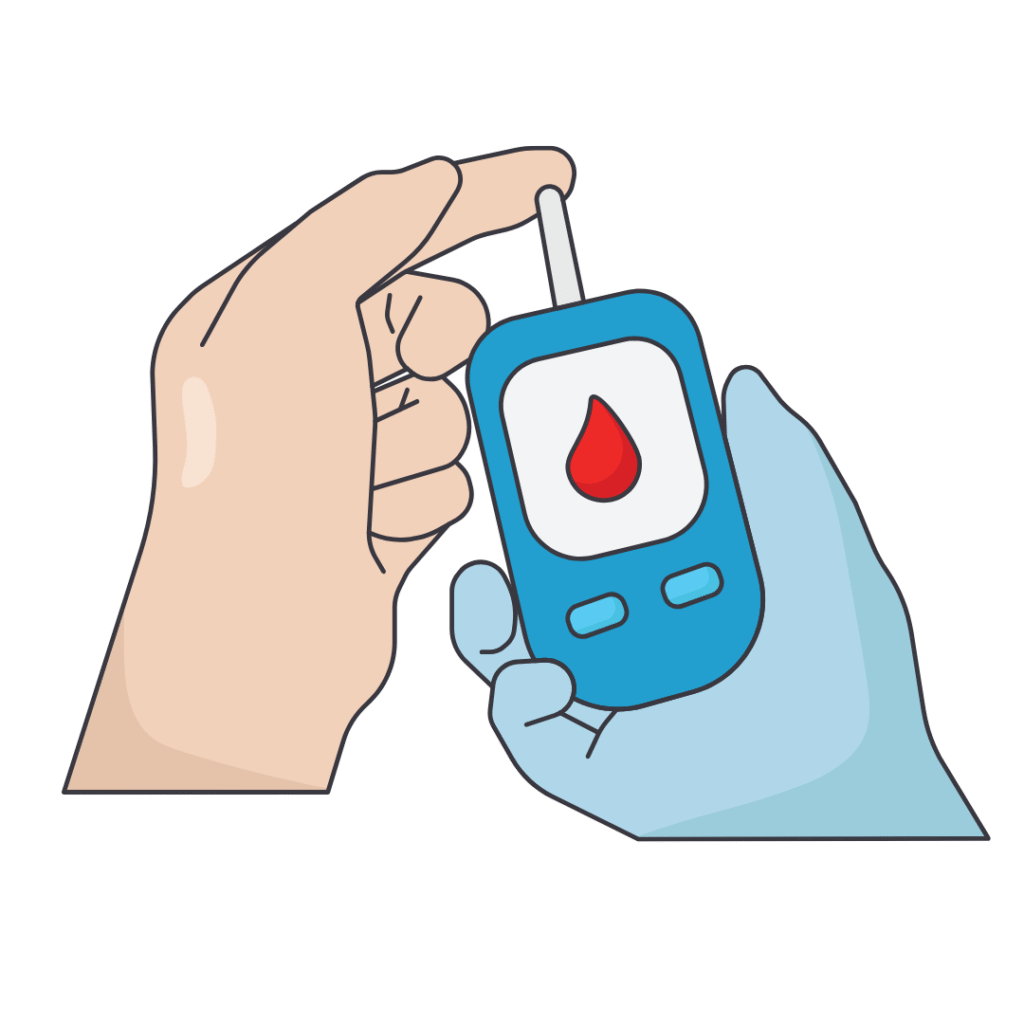
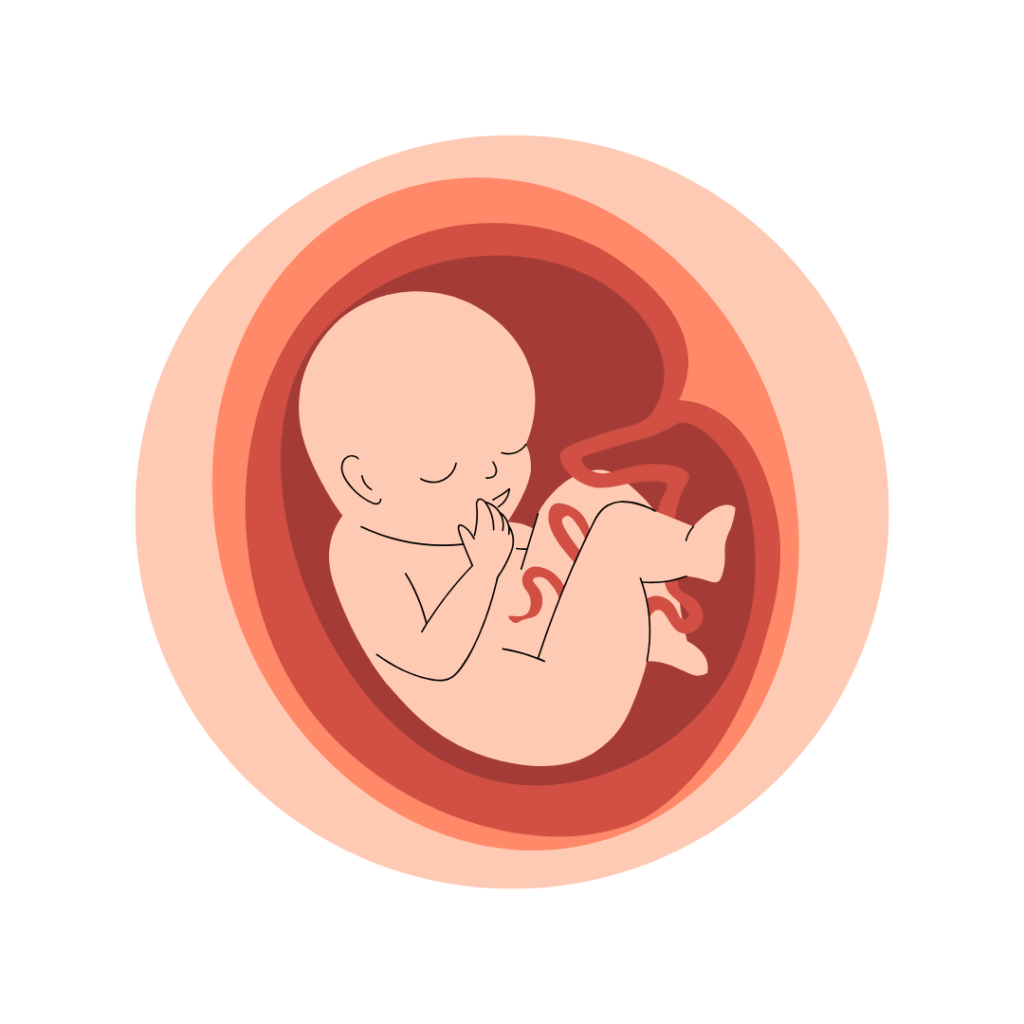
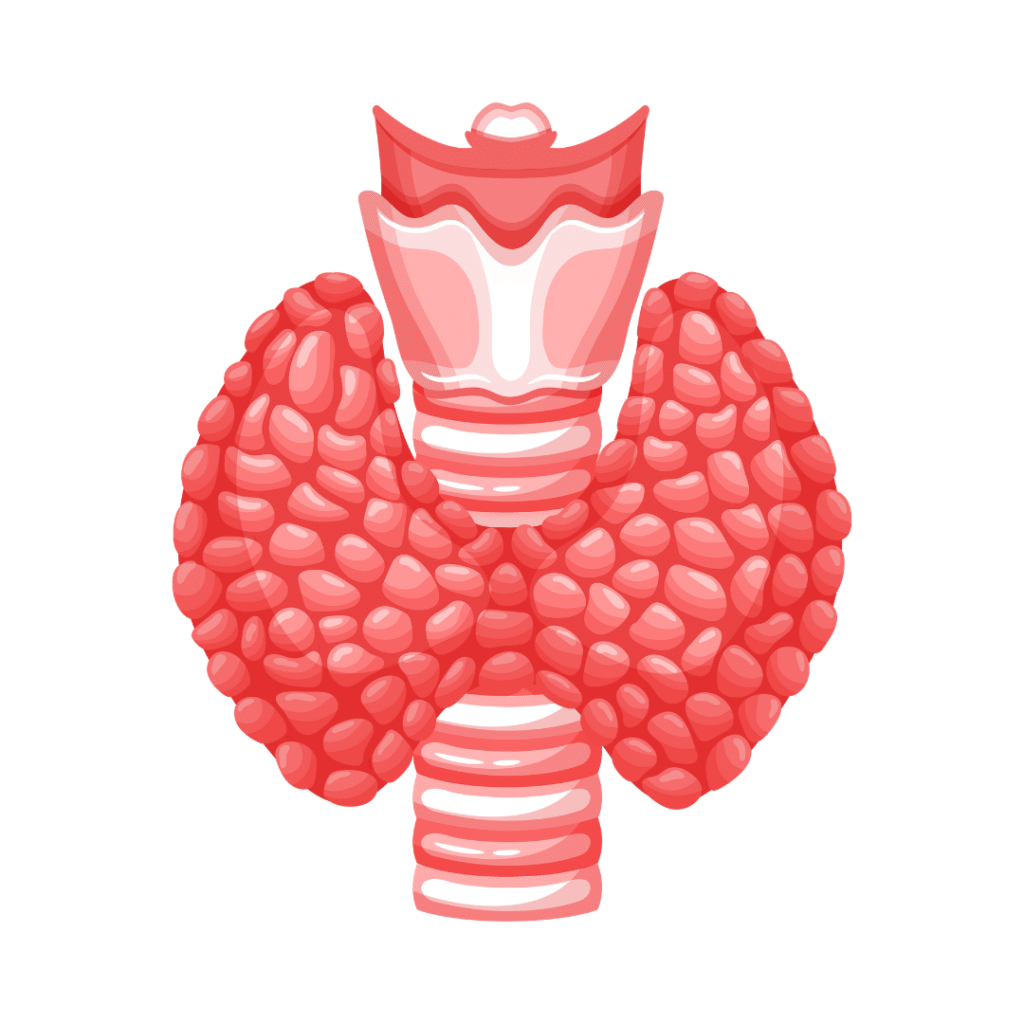
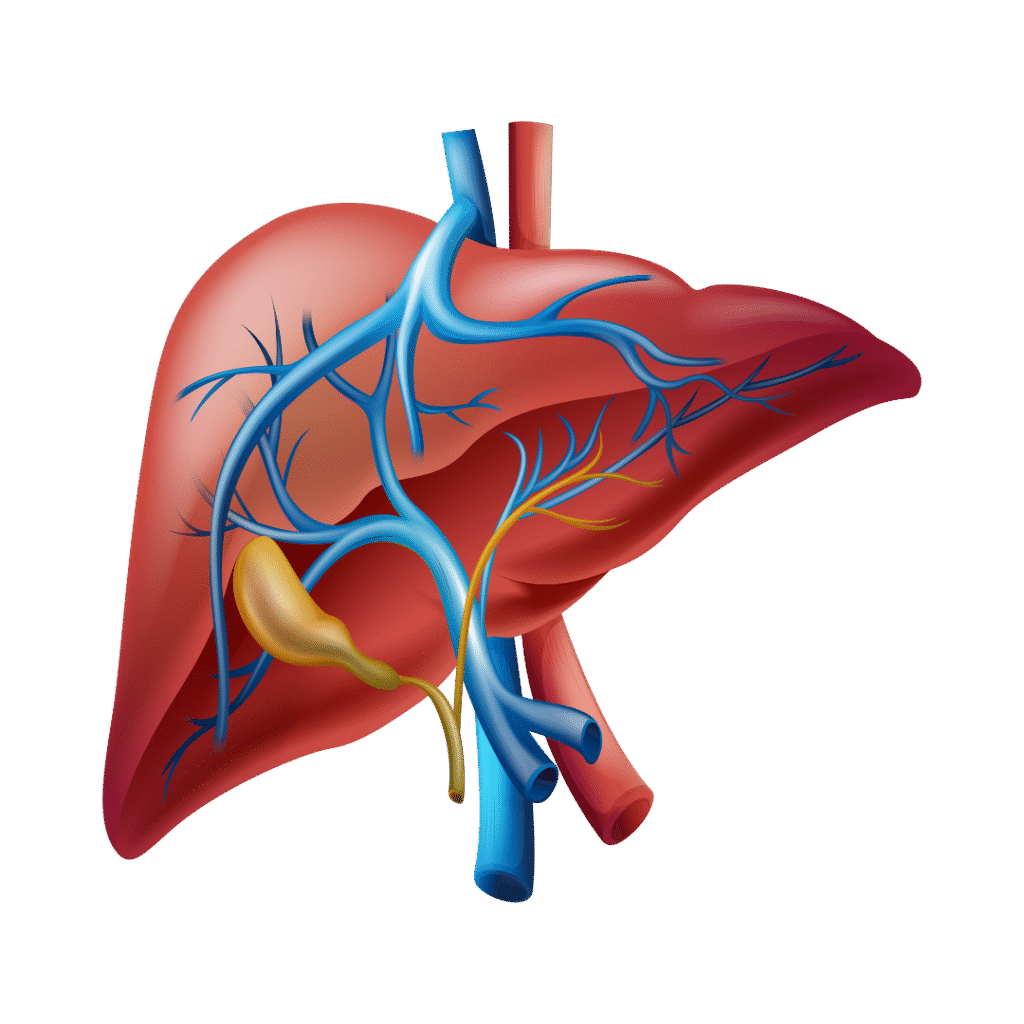
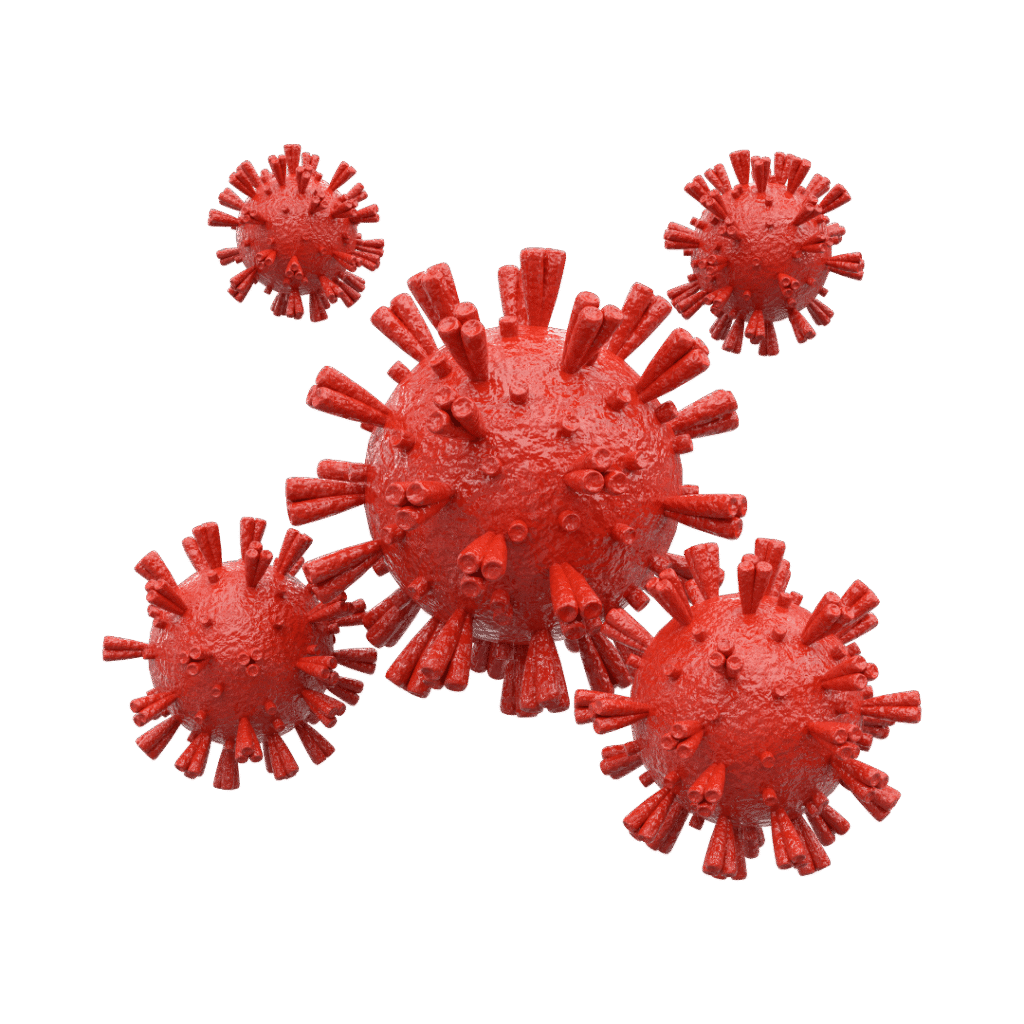
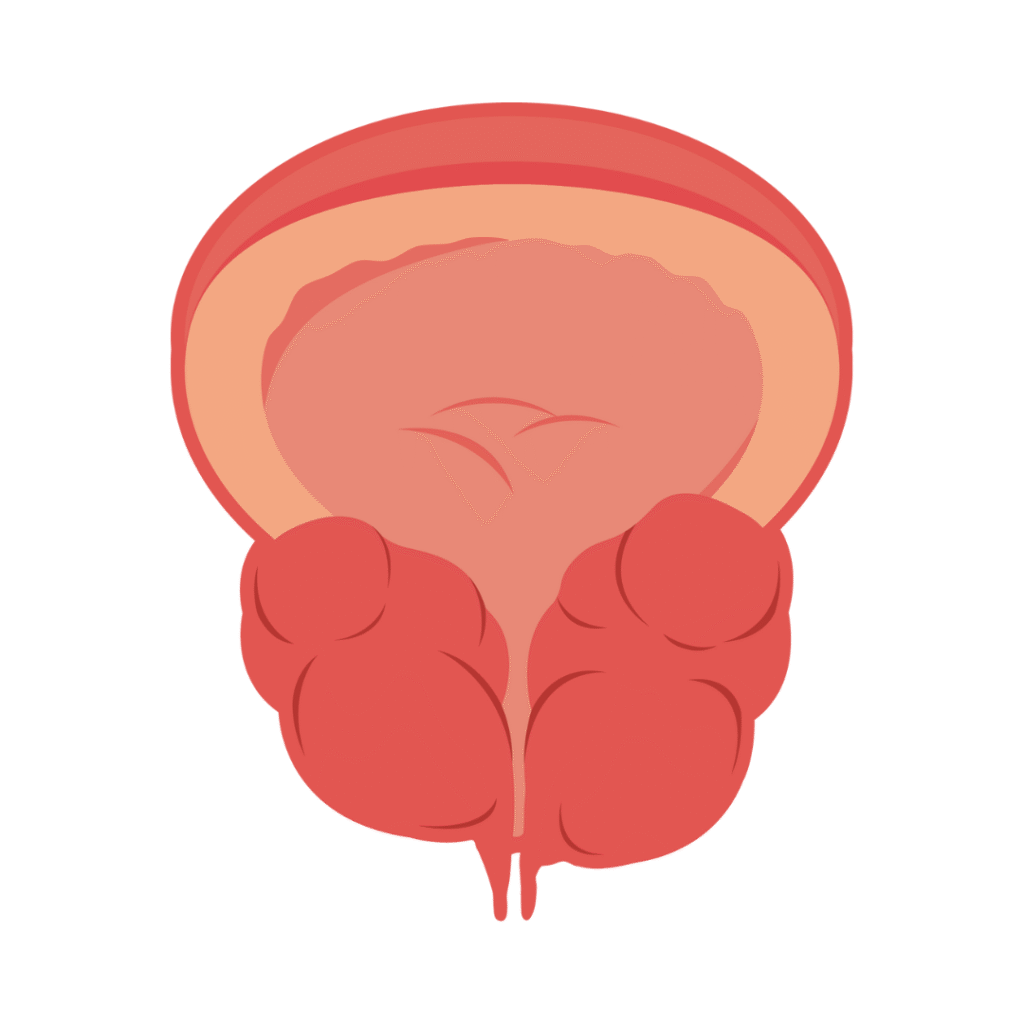

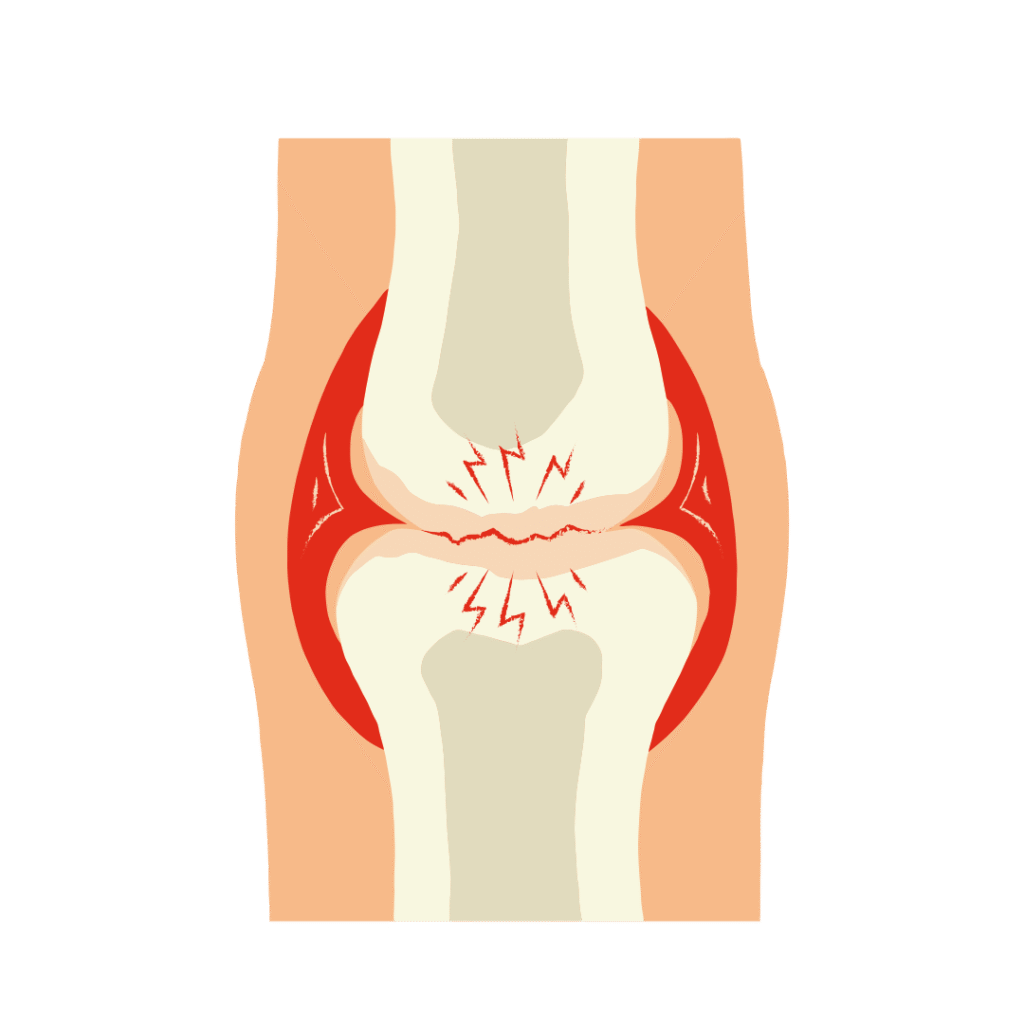
Diabetes
Pregnancy
Thyroid
Liver
Covid
Prostate
Fertility
Bone

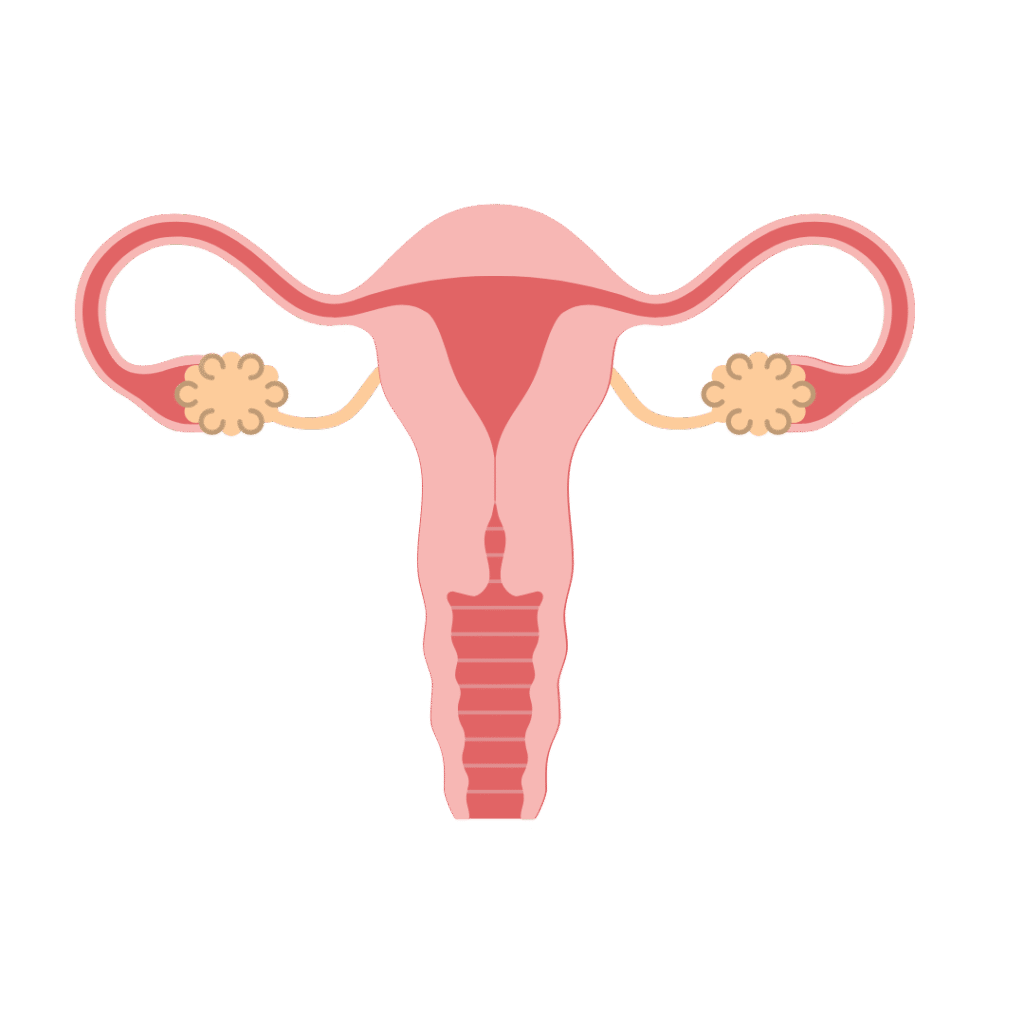
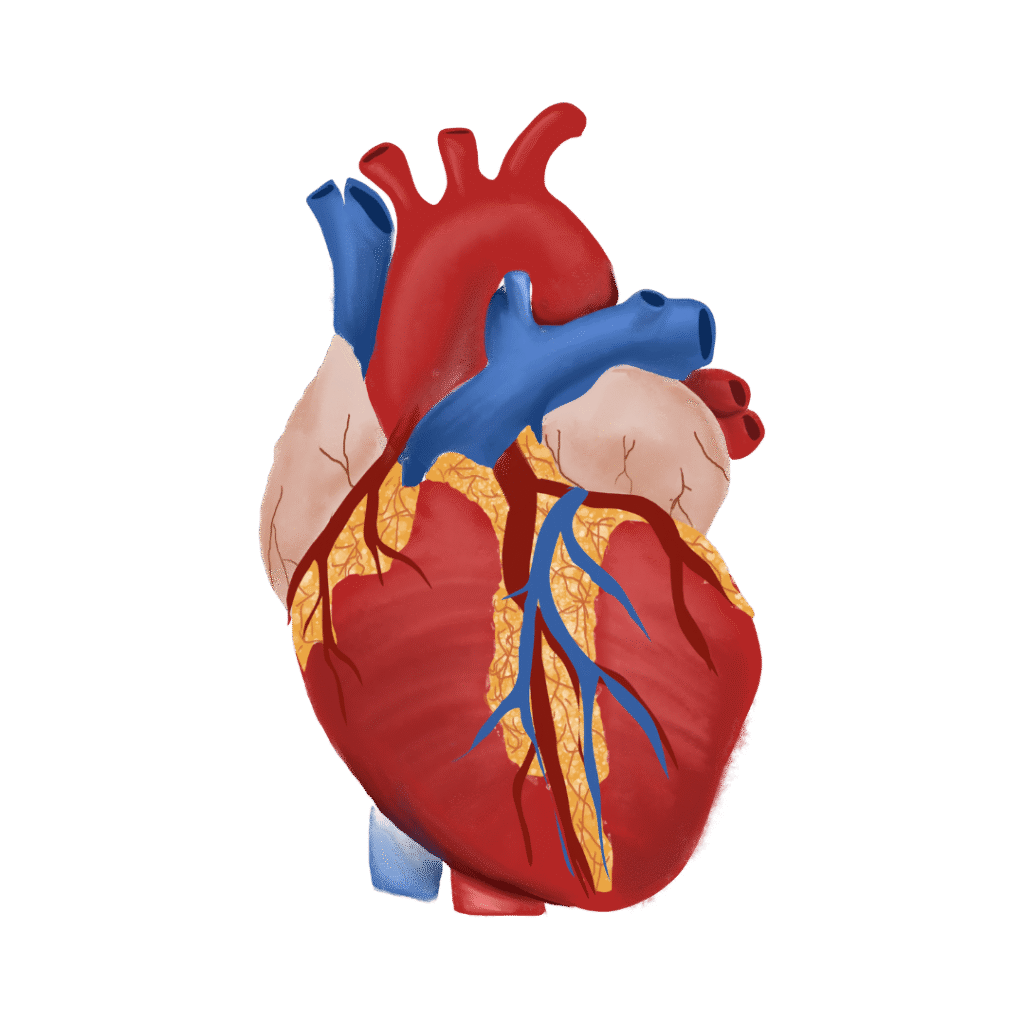
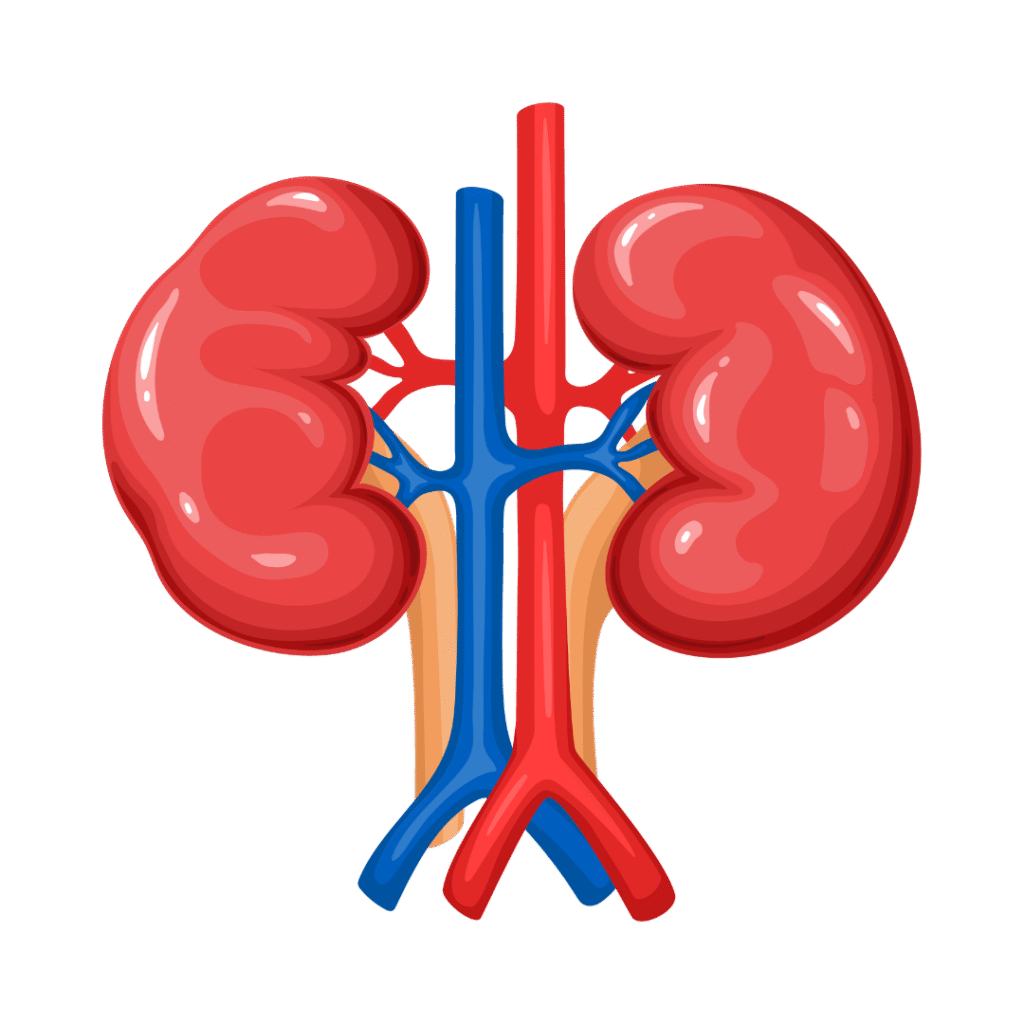
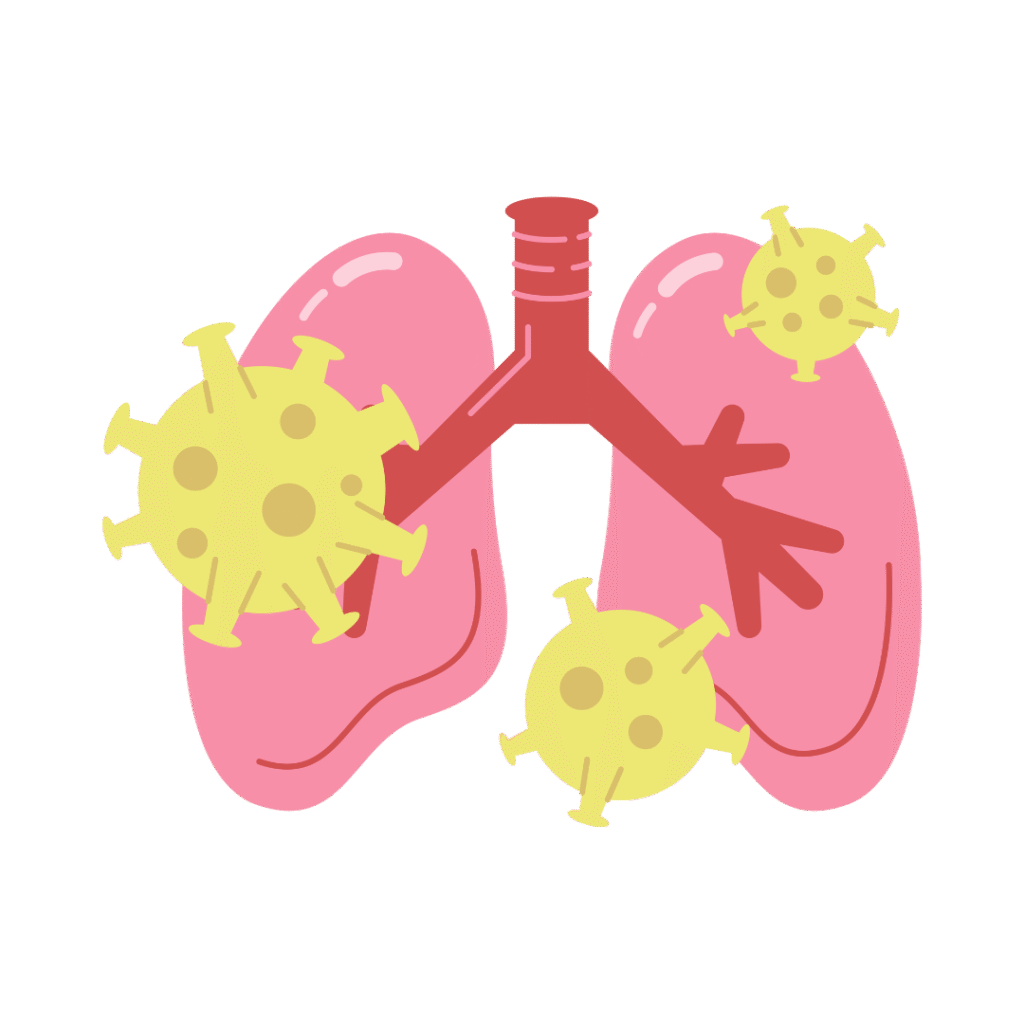
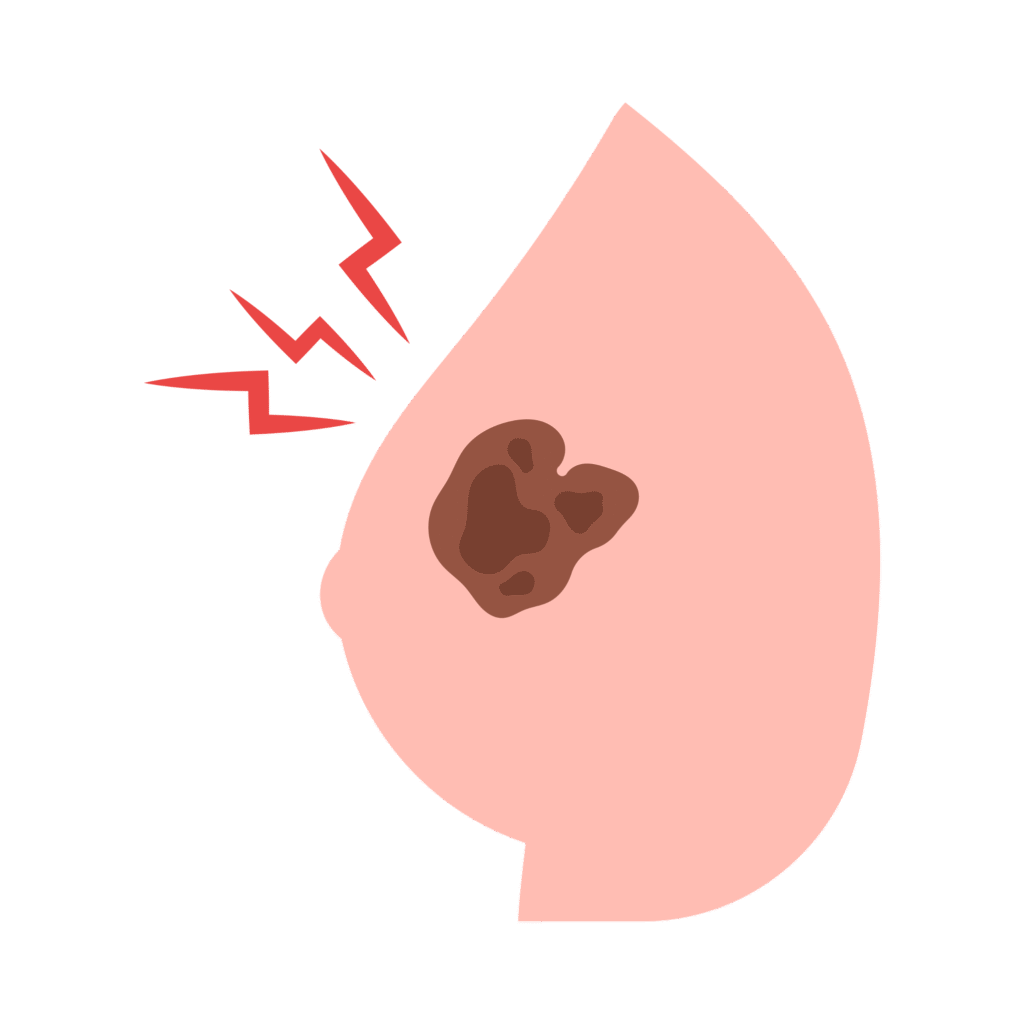

Gastro
Cervix
Heart
Kidney
cancer
breast
Vitamins

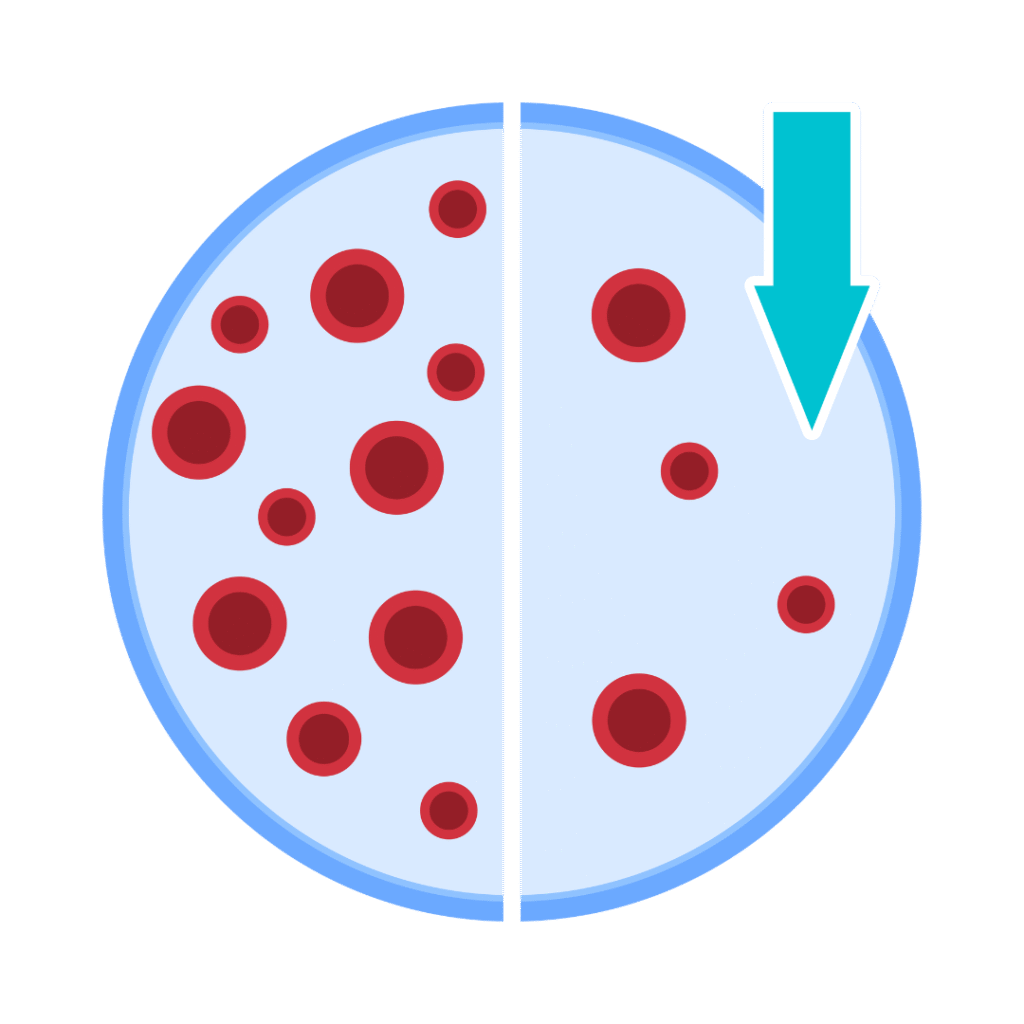
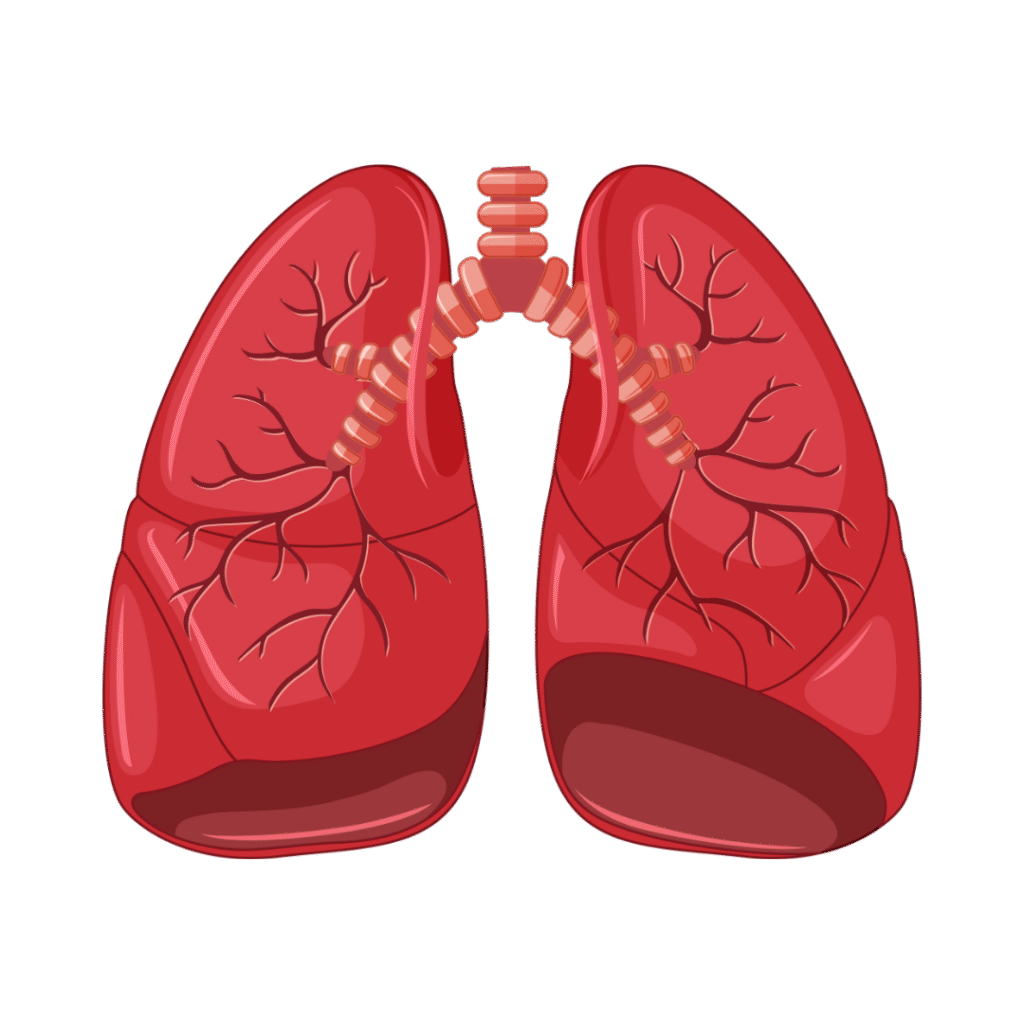


Tuberculosis (TB)
Anemia
Lungs
Fever
Allergy
Frequently Asked Questions
MRI-3T is a Magnetic Resonance Imaging scan done using a 3 Tesla (3T) machine, which provides high-resolution images of organs and tissues.
3T MRI uses a stronger magnetic field (3 Tesla vs 1.5 Tesla), resulting in clearer, more detailed images and faster scan times.
Yes, it is non-invasive and uses no radiation. However, it is not suitable for patients with certain implants or metallic devices.
High-resolution imaging
Faster scanning time
Better visualization of brain, spine, joints, and small structures
Typically, it takes 20 to 45 minutes, depending on the body part being scanned.
You may be asked to change into a gown and remove metal objects. For some scans, fasting or contrast dye may be needed.
No, contrast is used only when detailed visualization of tissues or blood vessels is required.
Yes, it produces loud tapping or thumping sounds. Earplugs or headphones are provided to reduce discomfort.
It helps in detecting tumors, stroke, multiple sclerosis, spinal issues, joint problems, and more with higher accuracy.
